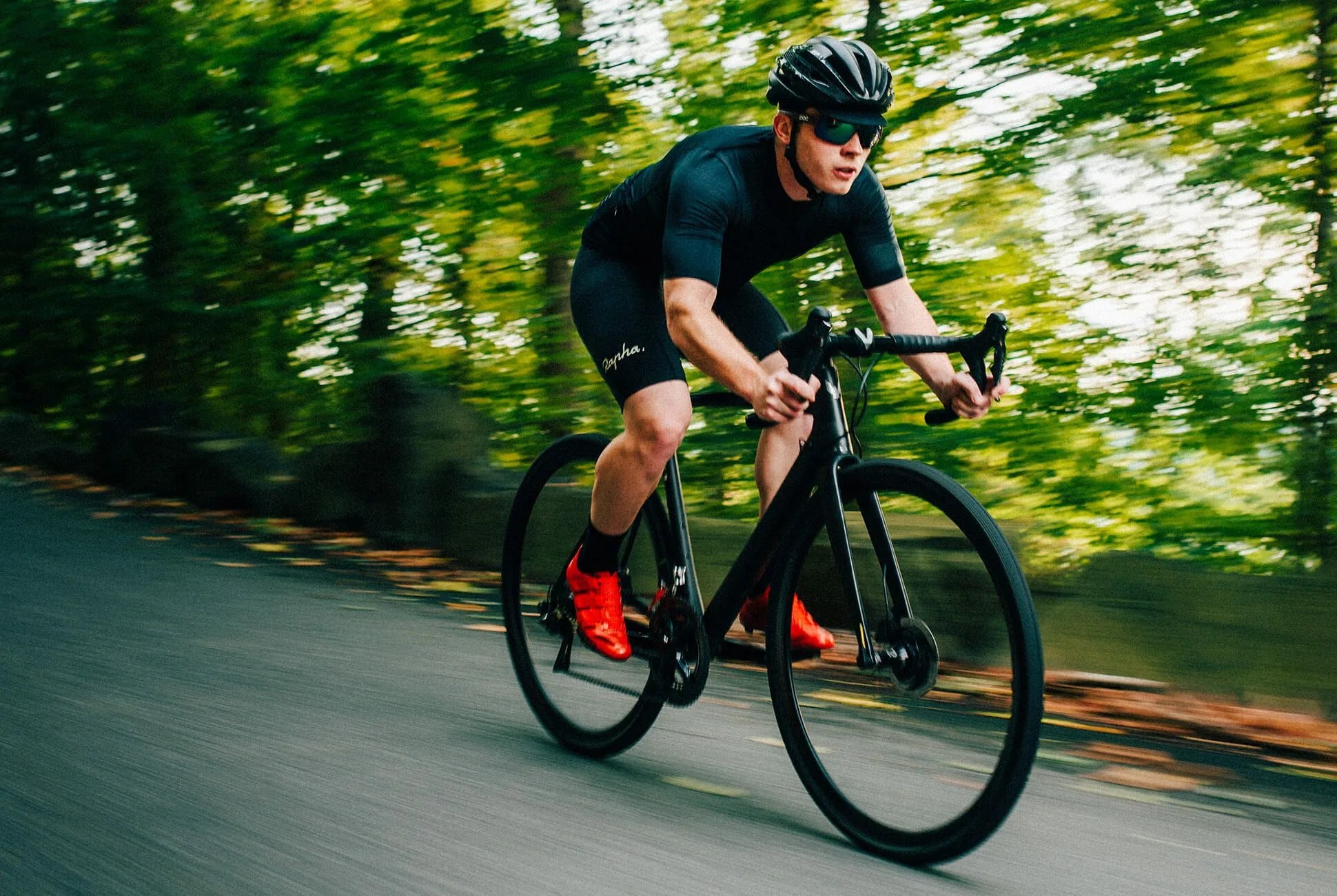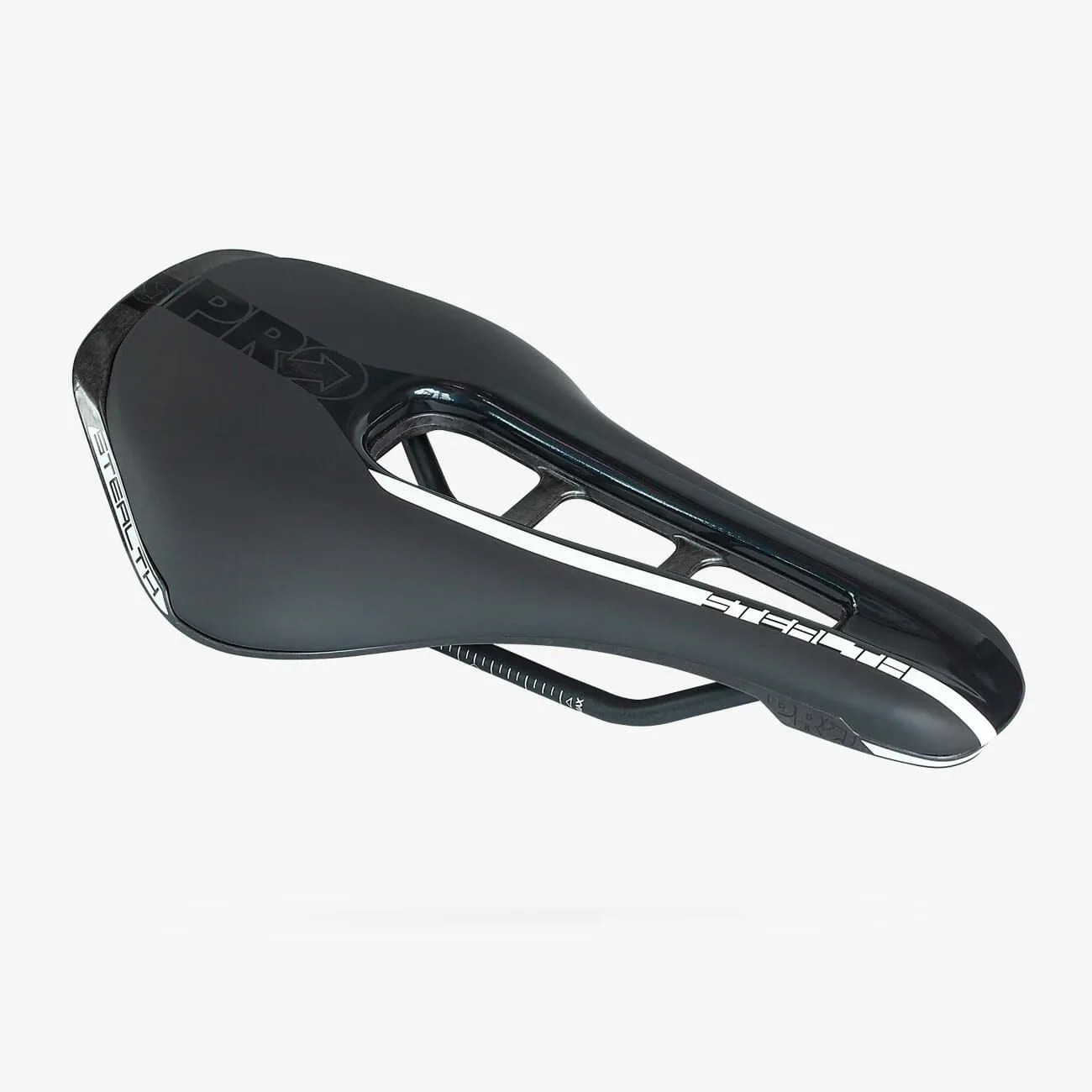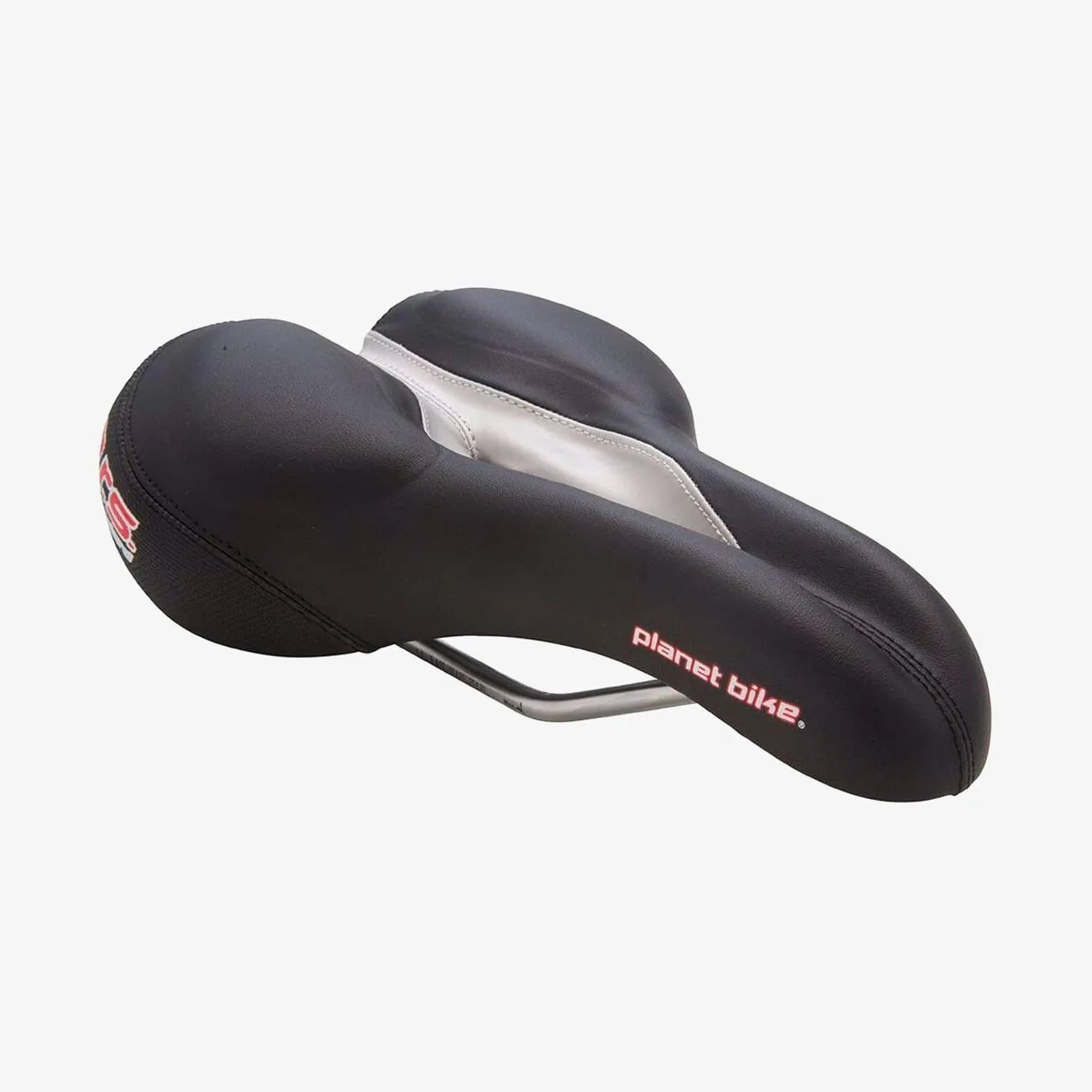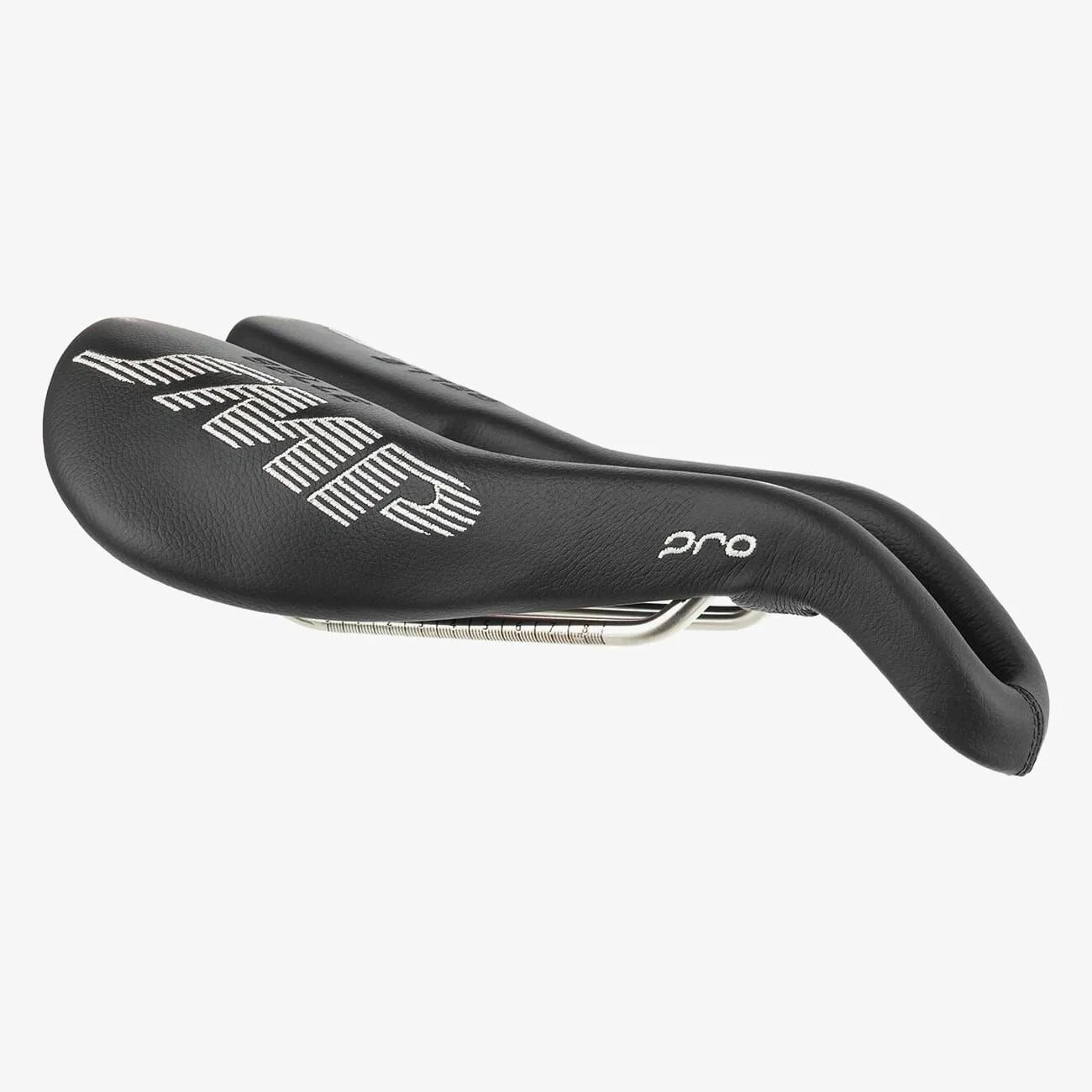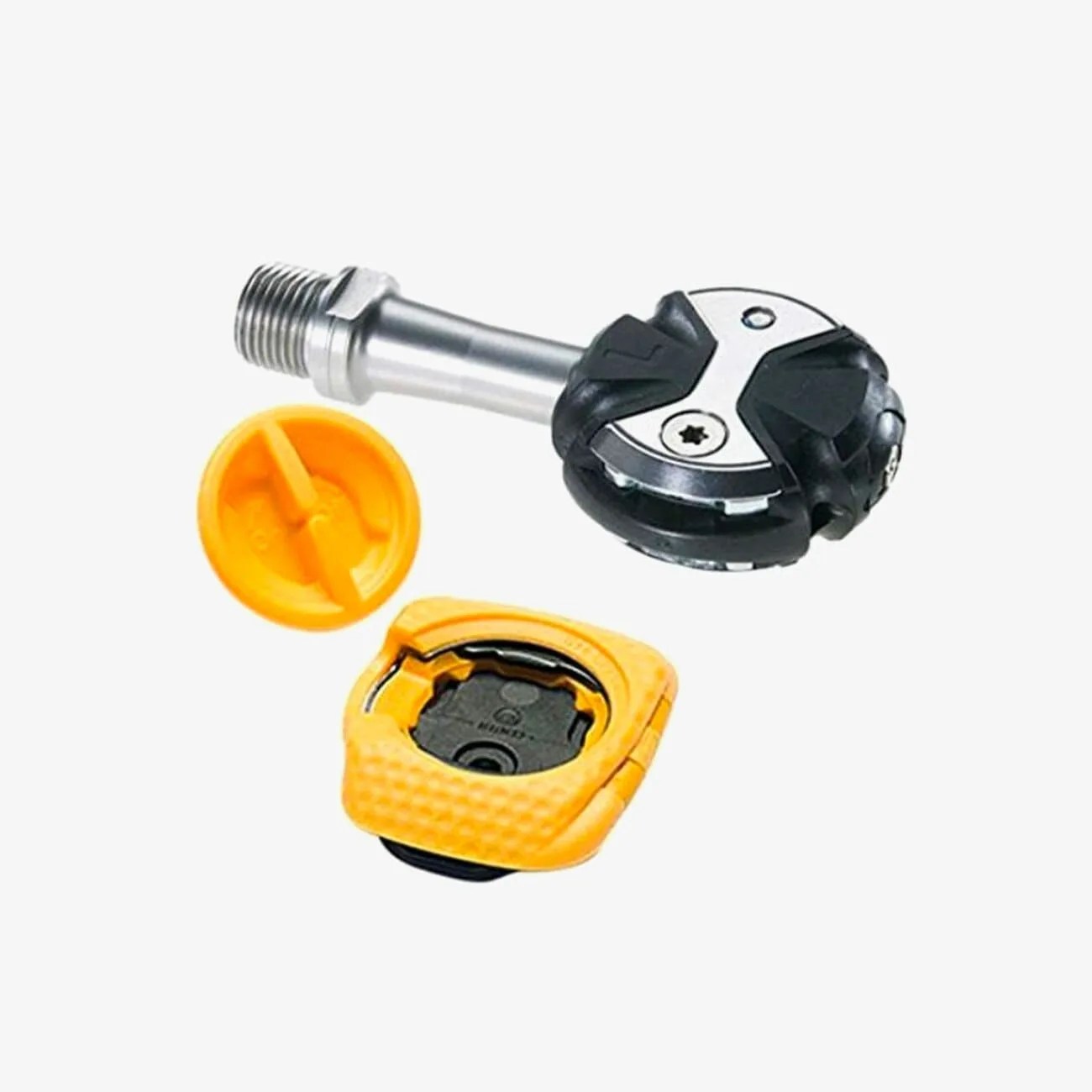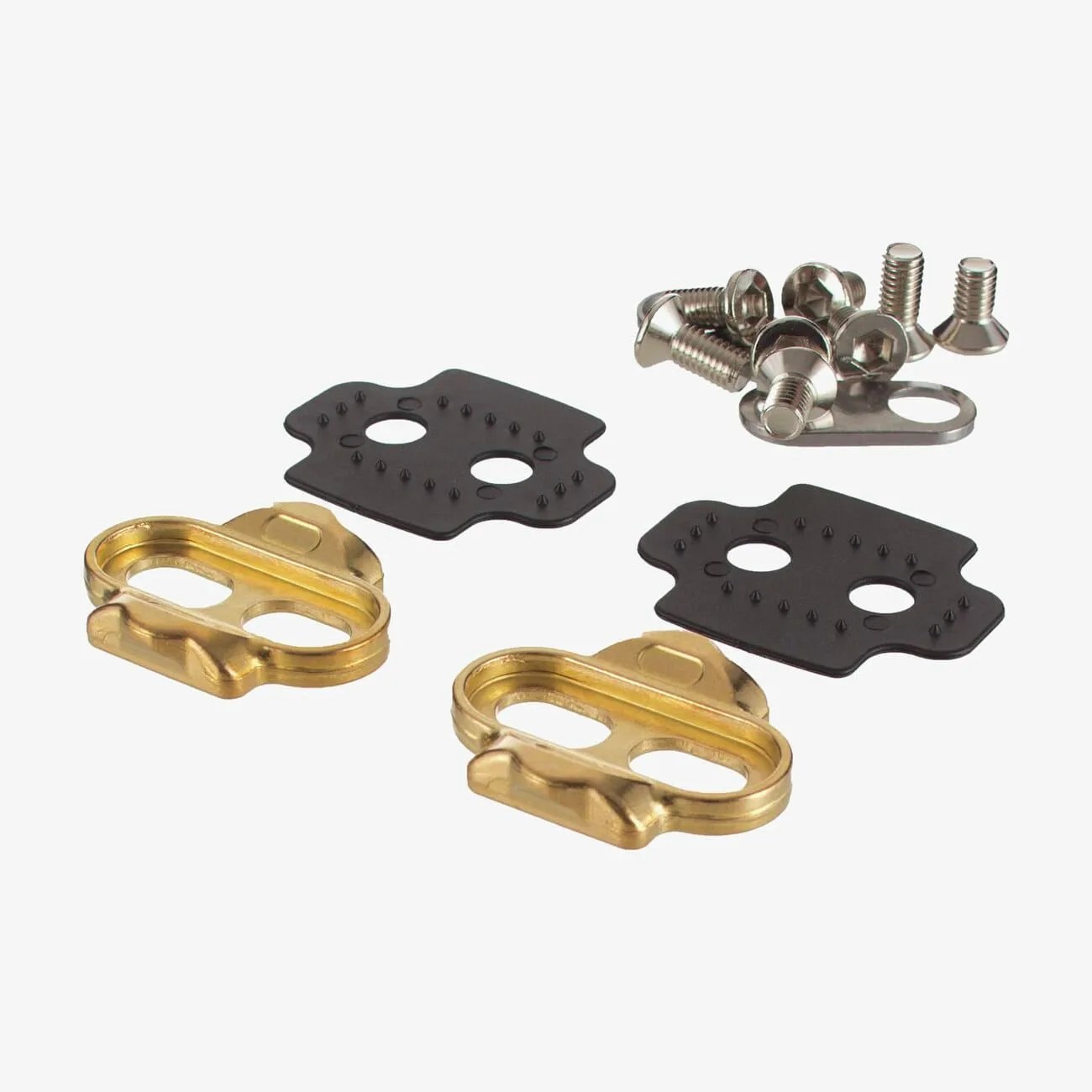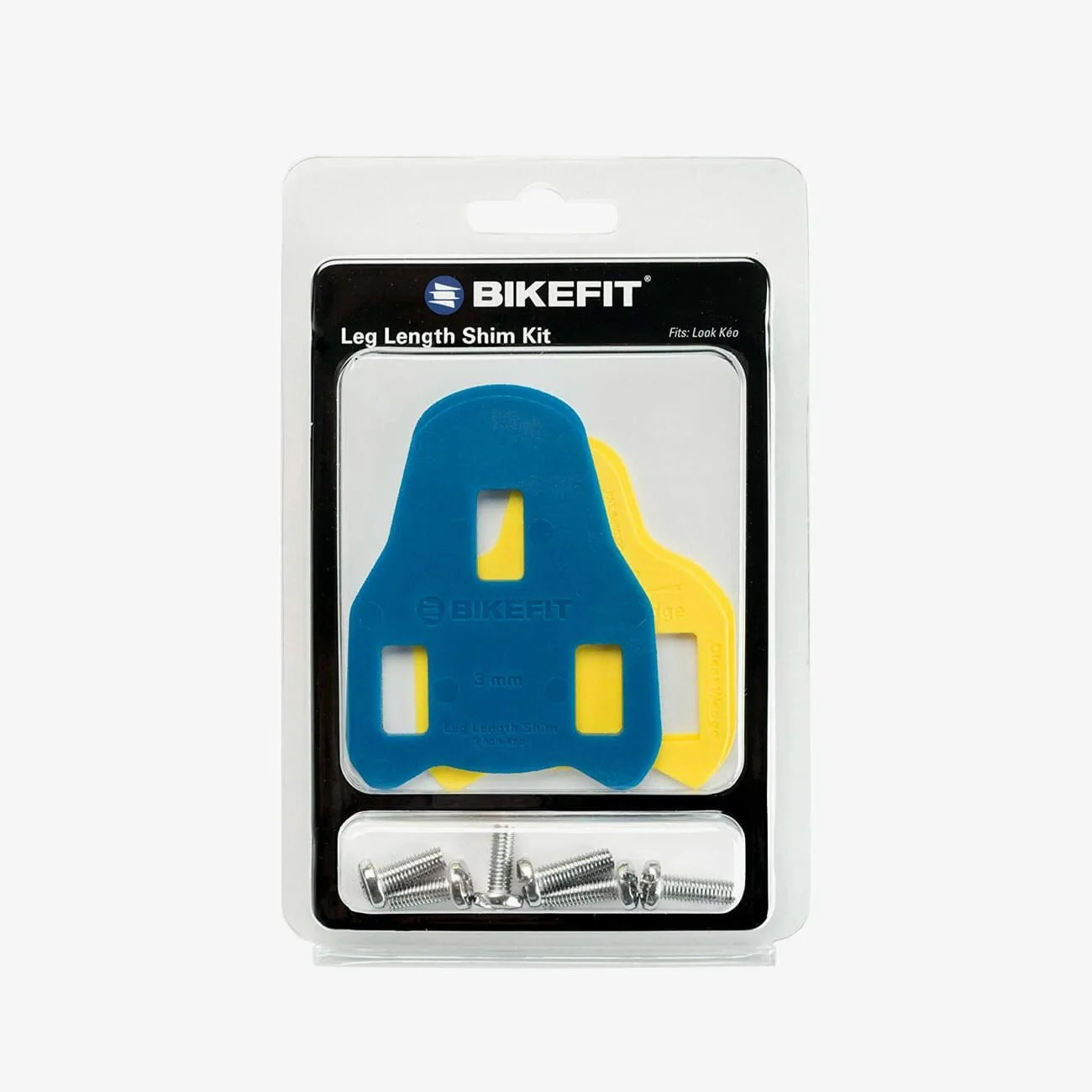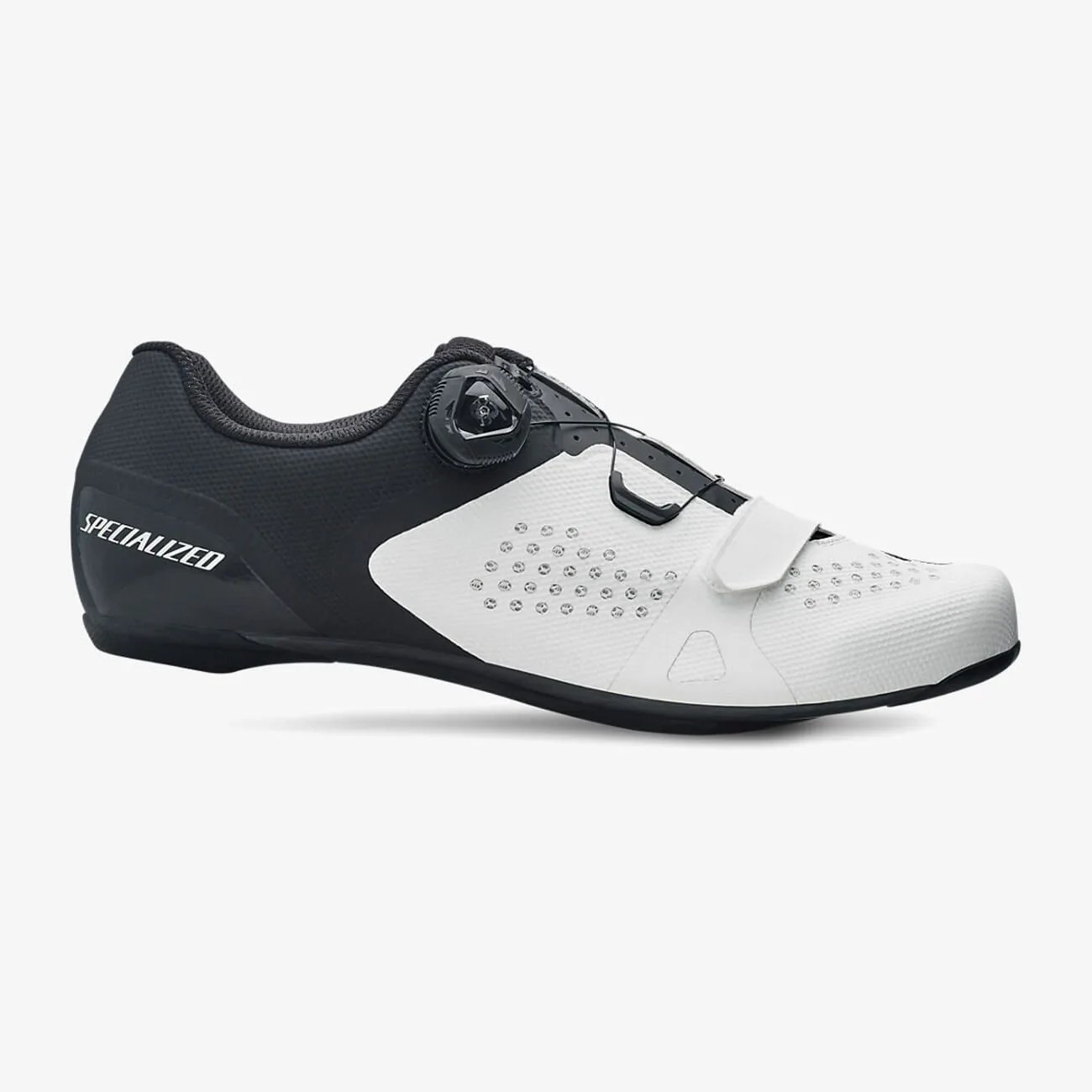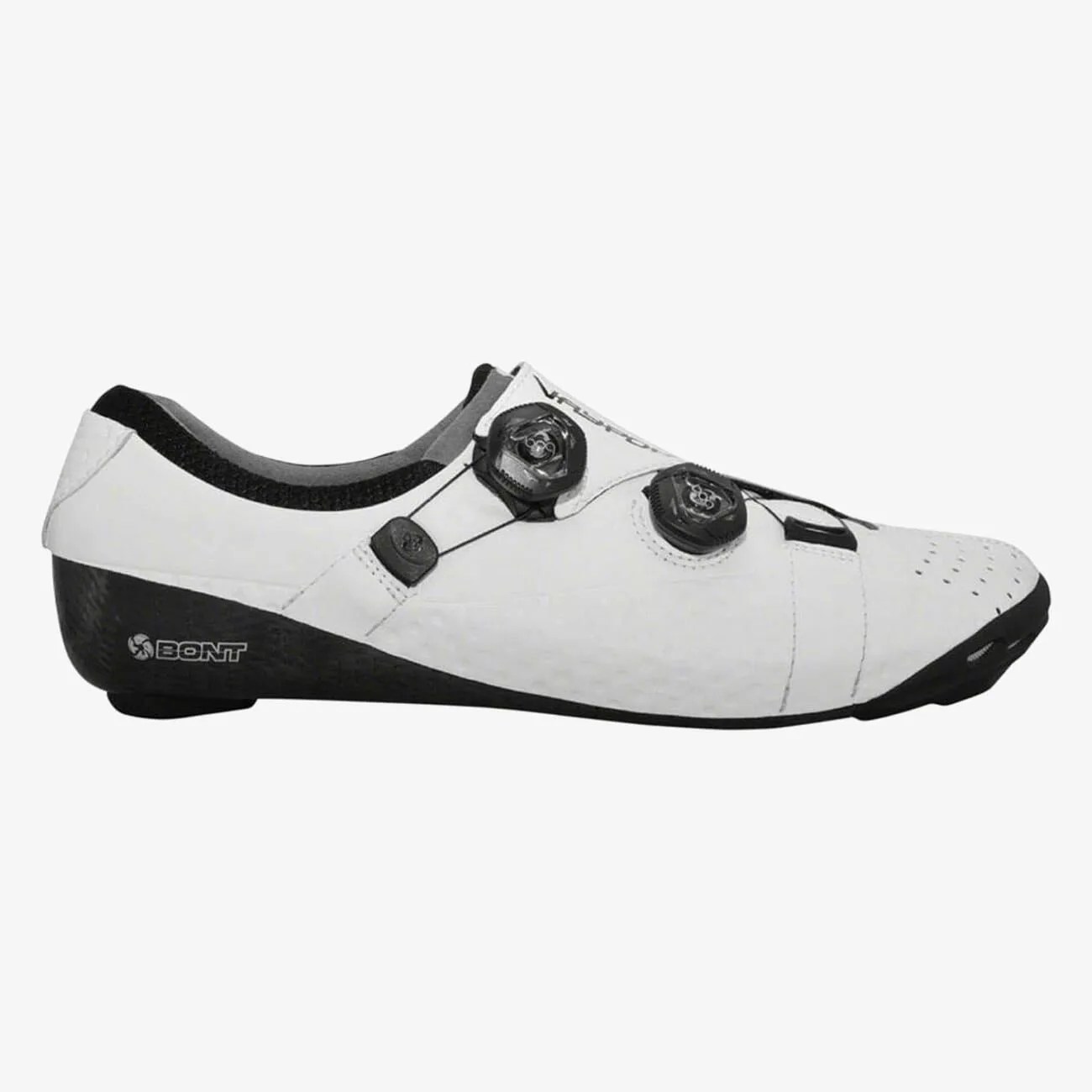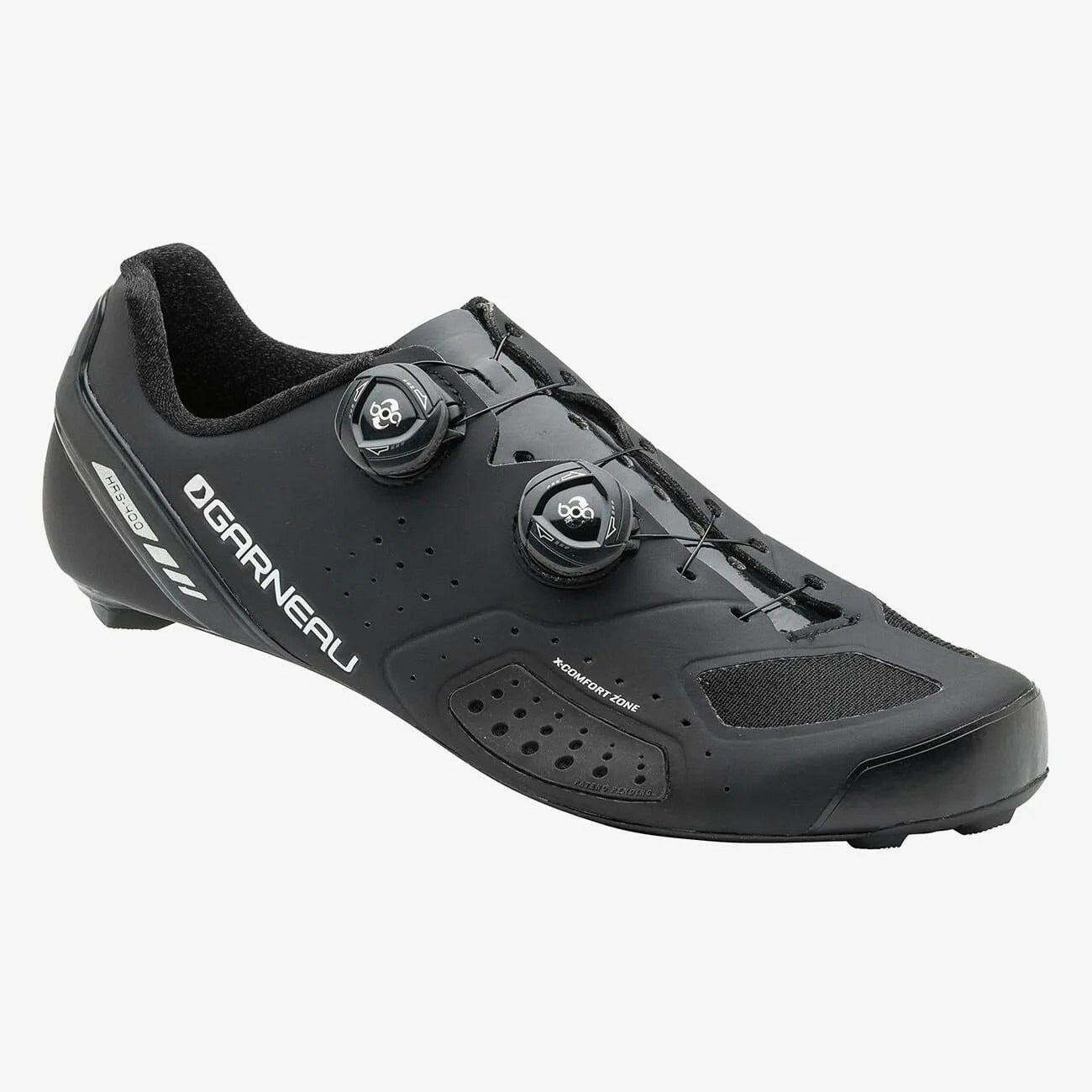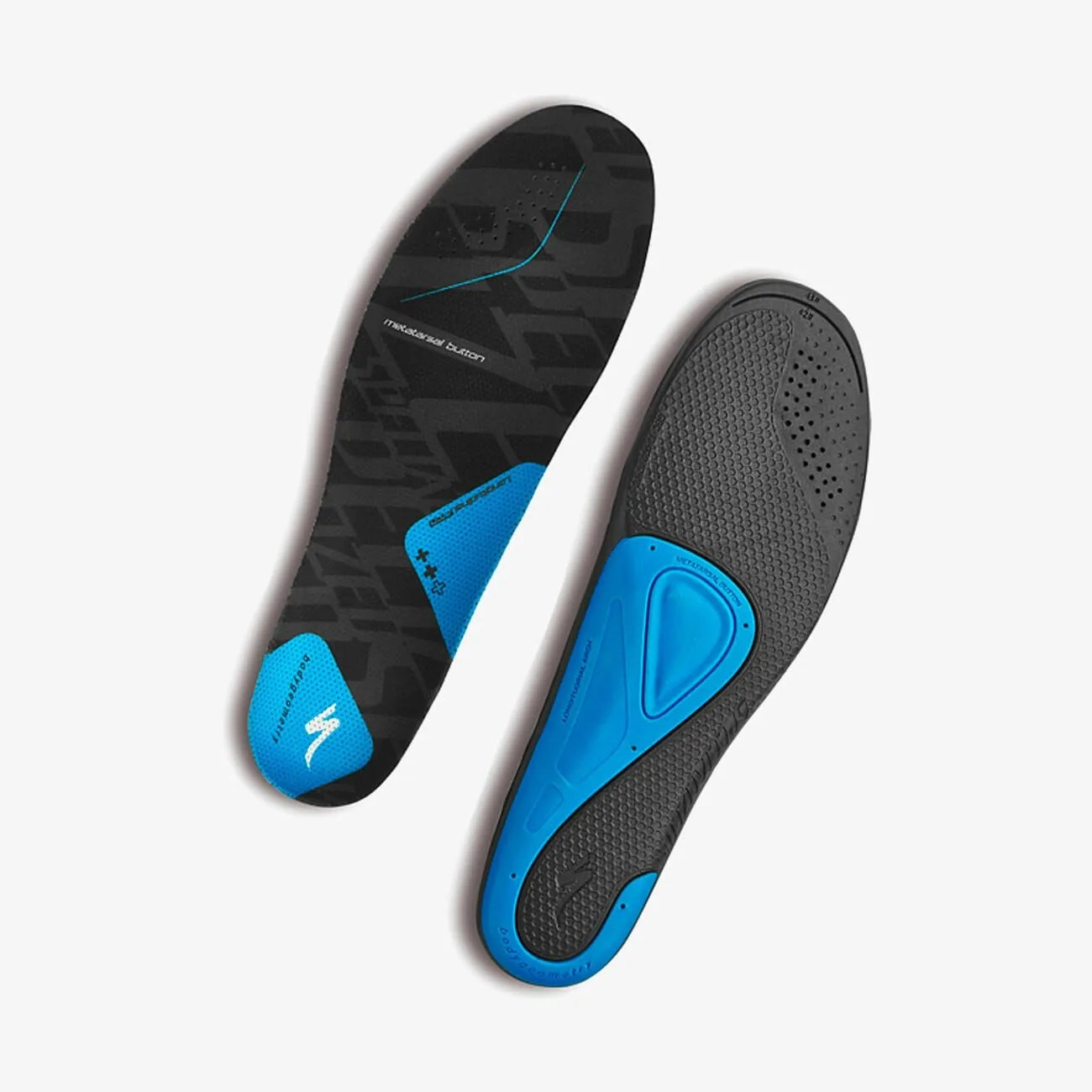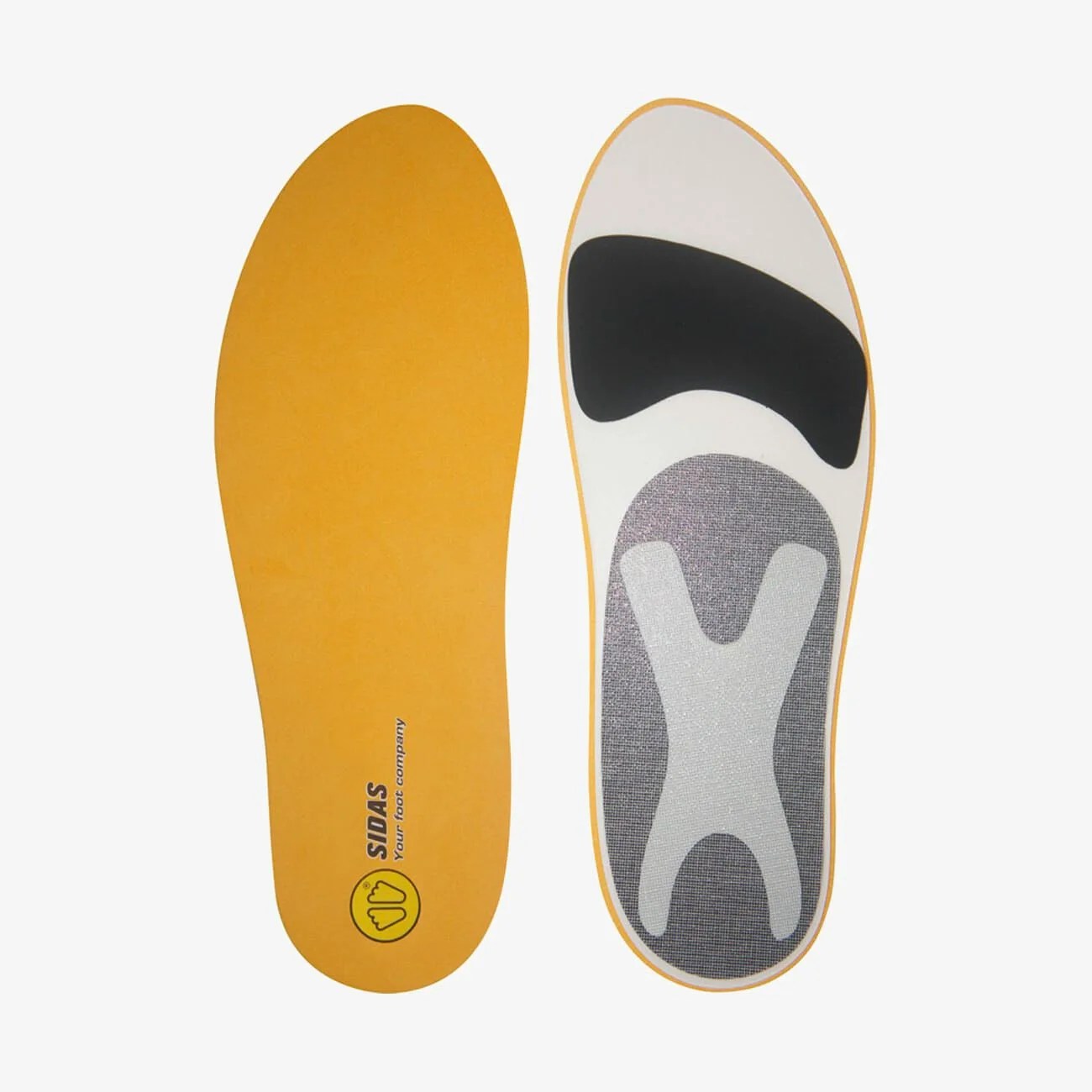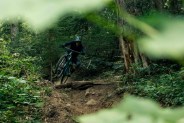Pretty much any seasoned cyclist will tell you, if you feel a consistent pain on a ride, look at your frame fit. If your back hurts, your seat is probably angled too high; if your hands are going numb, your stem length is perhaps off.
But there’s also a level of expected — and accepted — mild discomfort. For me, that’s always been in the saddle and my knees. I’ve traded out my seat twice, tried covers, adjusted the angle of the saddle itself… but no matter what, I feel like I’m sliding off the pint-size perch; I can’t quite find that sweet sitting spot to lock and load instead of squirm.
As for my knees, they also act up during long runs and, since I know my frame fits and is set up correctly for my dimensions, I’ve long written off the dull ache as a biomechanical issue I can only hope to mitigate with cross-training and better recovery.
Then, last summer, I went through a fitting with Retül Match, a program owned by Specialized that uses full-body mapping sensors to determine your bone shapes and imbalances. A technician took pressure points of my foot, measured my femur length, measured my sit bones on a pressure map and lightly analyzed my biomechanics.
(Note: The company also has a super intensive fitting conducted from Specialized’s Boulder shop that analyzes your entire biomechanics on a bike, but I just did the program on the Match Tower that’s in bike shops nationwide)
The first few things they told me I already knew: I have a wide toe box and super high arches, which limits what kinds of shoes I’ll find comfortable in pretty much every sport, cycling included. But then they dropped statistics I hadn’t heard, or even considered: My sit bones were wider than most, so I need a 168mm saddle compared to the standard 135mm. My left foot naturally turns out 5 to 10 degrees.
What that meant: I needed to upgrade my saddle and reinstall my shoe cleats at the proper angle.
